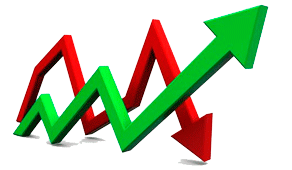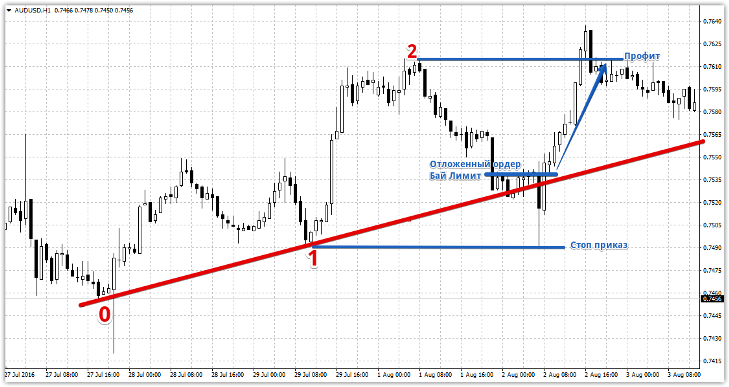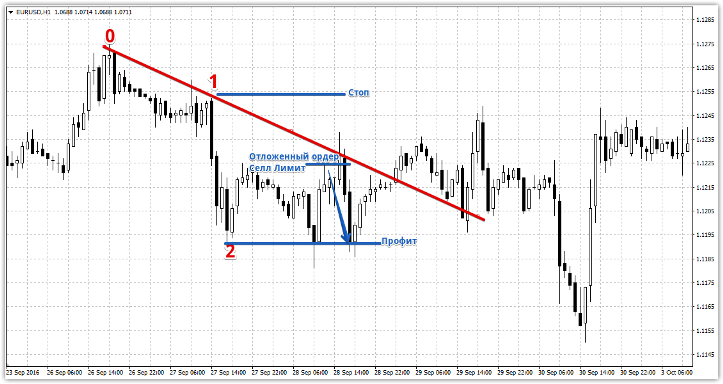Стратегия Trend Lines
Многие начинающие трейдеры после изучения графического и технического анализа, как правило, приходят к построению собственных торговых стратегий для форекс на основе индикаторов.

Полученные знания по графическому анализу про уровни поддержки и сопротивления, а также трендовые линии моментально улетучивается из их головы, а если происходит применения технического анализа, то хаотично и безсистемно.
Дело в том, что человек склонен доверять чему-либо или кому-либо больше, нежели простым вещам и самому себе.
Так, уровни поддержки и сопротивления, а также трендовые линии на первый взгляд проще и эффективней, но трейдеры всё равно отдают предпочтение сложным индикаторным системам.
Существует мнение о том, что графический анализ на forex не работает уже много лет. Однако на самом деле практически никто не подходит к анализу уровней системно и лишь в редких случаях графический анализ становится системой с рядом четких правил и требований.
Изначально стратегию следует применять на часовом графике с уточнением точки входа на пятиминутном графике, однако если взглянуть немного шире то выясняется что тактика может применяться на любых интервалах и даже во время скальпинга на пятиминутках.
Построение трендовых линий. Сигналы Trend Lines
Как мы уже упоминали, стратегия Trend Lines не имеет в своем составе ни одного технического индикатора, а вся торговля разворачивается вокруг обыкновенной трендовой линии. Именно поэтому вы должны четко знать понятия трендовой линии и как она строится. Итак, давайте более детально разберем сигнал и необходимое построение для того чтобы войти в позицию на покупку и продажу.
Условия для входа на покупку:
1) Проводим восходящую трендовую линию через две точки (на бычьем рынке). Условно отметьте на графике первую точку 0, а вторую 1.
2) Далее следует дождаться, когда цена, оттолкнувшись от точки 1 (вторая точка при построении трендовой линии) и сформирует локальный максиму. После того как цена начнет идти на спад отметьте этот локальный максимум цифрой 2.
3) Когда цена начнет приближаться к трендовой линии (образуется третья точка трендовой линии) установите вблизи ее отложенный ордер Бай Лимит.
Как правило после того как цена приблизится к трендовой линии произойдет окончание отката, а цена направится вверх и активирует отложенный ордер бай стоп. Если это не произойдет – удаляем отложенный ордер и пропускаем сигнал. Стоп приказ по стратегии Trend Lines следует устанавливать на уровне точки под номером 1 (вторая точка при построении трендовой линии) а профит на уровне точки 2 (локальном максимуме). Пример:

Условия для входа на продажу:
1)Проводим нисходящую трендовую линию через две точки на медвежьем рынке. Как и с покупками отметьте эти две точки цифрами 0 и 1.
2) Дожидаемся момента, когда цена оттолкнется от точки с номером 1 (вторая точка при построении трендовой линии) и сформирует новый локальный минимум. После того как цена начнет восходящее движение к трендовой линии отметьте данный минимум цифрой 2.
3) В момент, когда цена начнет откат от основной тенденции и попытается приблизиться к трендовой линии чтобы сформировать третью точку касания, установите отложенный ордер Селл Лимит на расстоянии 5-8 пунктов от трендовой линии.
В случае если цена пробьет трендовую линию и продолжит восходящее движение, а пробой не окажется ложным происходит удаление отложенного ордера. Как и с покупками, стоп приказ устанавливается на уровне точки 1 (вторая точка при построении трендовой линии) а профит на уровне точки 2. Более детально предлагаем познакомиться на изображении ниже:

В заключение хотелось бы отметить, что стратегия Trend Lines имеет просто огромнейший потенциал, поскольку вход в рынок происходит не просто по окончанию отката на рынке, но и затрагивает такой сильный паттерн как ложный пробой.
Благодаря лимитному ордеру вы входите не в момент пересечения отметки ценой, а при обратном ее движении, что уберегает вас, в случае если вы получите настоящий пробой трендовой линии.
Также стоит отметить, что в основном профит превышает размер стоп приказа практически вдвое, а иногда и втрое. В случае если вы наблюдаете ситуацию, когда размер потенциальная прибыль меньше потенциального убытка – проигнорируйте сигнал.

